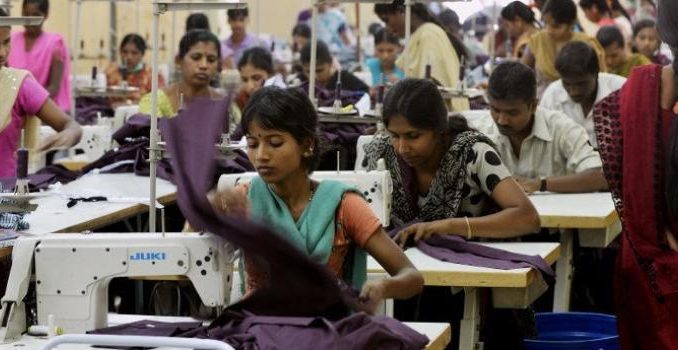
In a 2012 document on gender diversity in India’s workforce, Catalyst, a non-profit with a mission to expand opportunities for women and business, predicted that there will be a shortage of 750,000 skilled workers over the next five years. “Because of the projected annual GDP growth of 7 percent and this projected talent gap, it is essential for companies to engage a key component of economic growth— the skills and talents of women,” the report suggested. The news is far from positive: A survey by ProEves, a gender diversity consulting firm, reveals that woman participation in India Inc is fixed at less than 20% for the past three years. Compared to the US, India is at half the women participation across all employee groups. India ranks 127th on the gender inequality index and 108th on the global gender gap index.
The reasons for such low participation of women in the workforce are well known: Discrepancy in policies and implementation (the survey shows that 61% of the companies have a stated goal on diversity but only a third have a number target and have no target association on inclusion for leaders), lack of flexible policies and the larger issues of child care support system, commuting, infrastructure, safety concerns, education and training. Data also suggests that women in India are largely employed in the informal, semi- or unskilled sector such as domestic work, where incomes are low and there are limited benefits or job security. According to the ILO, in 2011-12, while 62.8% of women were employed in the agriculture sector, only 20% were employed in industry and 17% in the services sectors.
A recent McKinsey report shows why it is important to bridge this gender gap: The country stands to gain as much as $2.9 trillion of additional annual GDP in 2050. Along with education, bringing more women into the workforce also has a critical spin-off benefit: It will address the problems of patriarchy, gender discrimination and violence.
If the country is to become the world’s third largest economy in 2030, it can’t afford to bypass its women from equal opportunity in the workforce. Here’s what can ensure this diversity: More effective measures such as greater investments in secondary and tertiary education, vocational and skills training, and developing and strengthening laws and policies to support working women.
Source: Hindustan Times

Leave a Reply